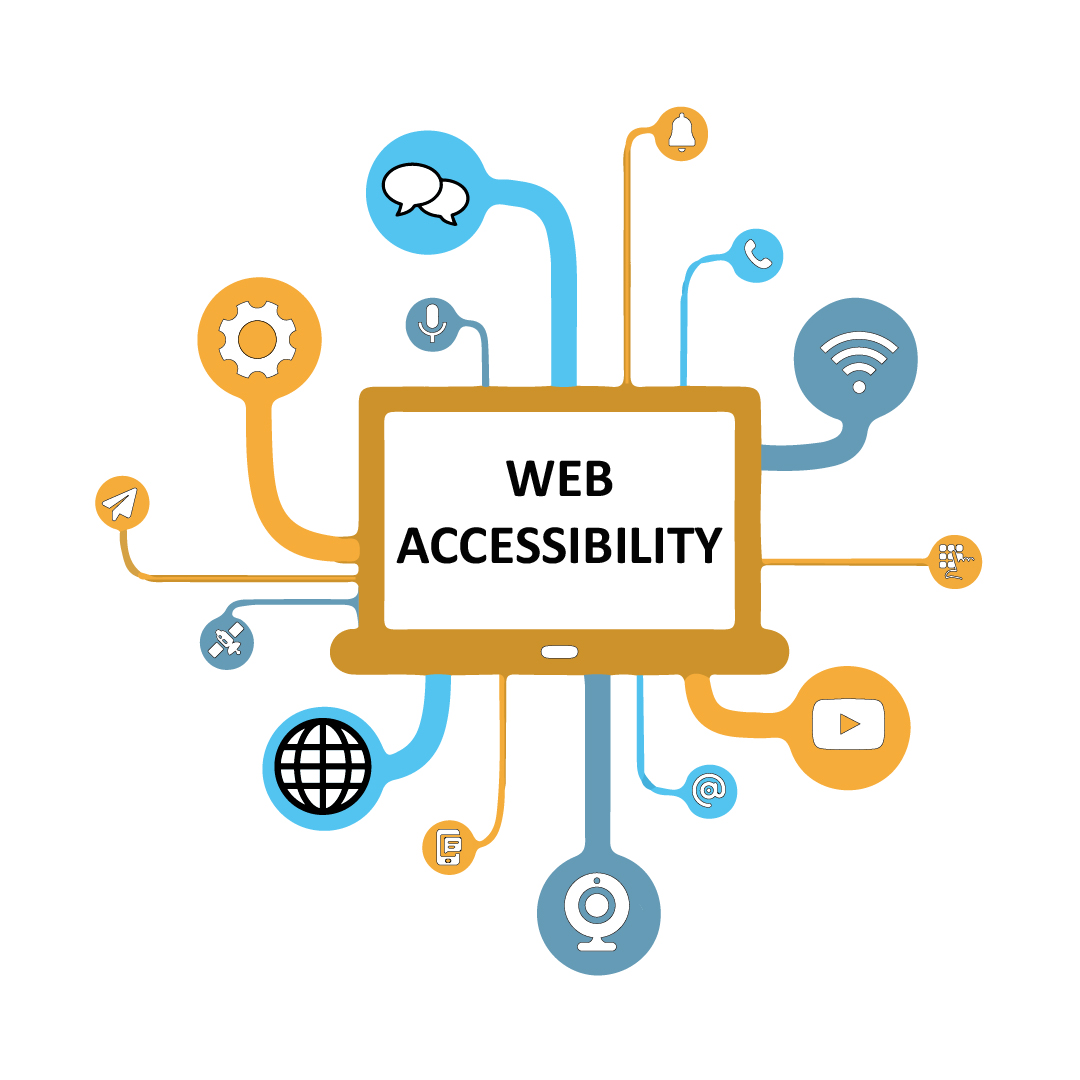Unveiling the Secrets of Ghosted Domains
Explore the intriguing world of expired domains and online opportunities.
Web Accessibility: Open the Door to Everyone
Unlock the web for all! Discover essential tips and tools for enhancing accessibility and creating an inclusive online experience.
Understanding Web Accessibility: Key Principles and Best Practices
Understanding Web Accessibility is crucial for creating inclusive online experiences. It involves ensuring that all users, including those with disabilities, can access and navigate websites effectively. The key principles of web accessibility are outlined by the Web Content Accessibility Guidelines (WCAG) and focus on four main areas: Perceivable, Operable, Understandable, and Robust. By adhering to these principles, web developers can create content that is easily navigable by individuals who rely on assistive technologies like screen readers and keyboard navigation.
To implement best practices for web accessibility, consider the following strategies:
- Use semantic HTML to improve screen reader interpretation.
- Provide text alternatives for non-text content, such as images and videos.
- Ensure contrast ratios meet minimum standards for readability.
- Implement keyboard navigability to allow users to access all functionalities without a mouse.
- Regularly test your website with various accessibility tools to identify and rectify potential issues.

Why Web Accessibility Matters: Enhancing User Experience for All
Web accessibility is crucial for ensuring that all users, regardless of their abilities or disabilities, can access and interact with online content. By adopting inclusive design practices, businesses not only comply with legal requirements but also expand their audience reach. An accessible website provides enhanced user experience by allowing diverse groups—such as individuals with visual impairments, motor skill challenges, or cognitive disabilities—to navigate and engage with digital materials effortlessly. This inclusivity fosters a sense of community and belonging, ultimately leading to increased user satisfaction and loyalty.
Moreover, prioritizing web accessibility leads to several tangible benefits that improve >user experience for all. Implementing features like keyboard navigation, alternative text for images, and appropriate color contrasts not only aids those with disabilities but also enhances usability for everyone. For instance, older users or those with temporary impairments can find it easier to interact with an accessible site. Additionally, a commitment to accessibility can improve your website's search engine optimization (SEO), as search engines favor well-structured and user-friendly websites. Thus, investing in web accessibility is an investment in your brand's reputation and effectiveness.
Common Misconceptions About Web Accessibility Debunked
One of the most prevalent misconceptions about web accessibility is that it only benefits individuals with disabilities. In reality, accessible design enhances the user experience for everyone. For instance, features like clearer navigation and larger clickable areas can also assist aging populations or users on mobile devices, making websites easier to use for all. Furthermore, accessible websites often achieve better search engine visibility because they adhere to best practices for usability, thereby reaching a broader audience.
Another common myth is that making a website accessible is too complicated and costly. This is simply not true; many accessibility improvements involve minor adjustments to existing designs and coding practices. Simple changes like using proper heading structures and adding alt text to images can make a significant impact without extensive financial investment. Additionally, complying with accessibility standards can prevent potential legal issues, making it a prudent choice for businesses looking to establish a strong online presence.